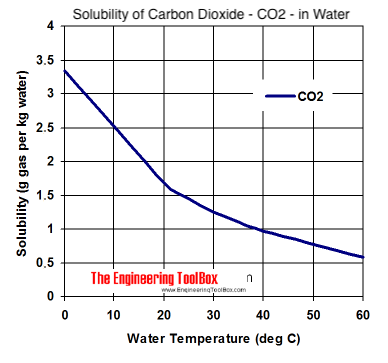If you boil the hops you will extract more bitterness. The kit has already been provided with what the manufacturer believes is the right balance of bitterness so more will upset that balanceI've bought this kit and some whole Simcoe hops as well. I'm planning to swap the kit hops for Simcoe.
I was also going to boil 2L water for an hour with approx half the malt and add some of the hops with the boil, then follow rest of the recipe and use the rest of my Simcoe hops for dry hopping?
Does this sound sensible or a disaster waiting to happen?
Also if you boil hopped kit malt you may denature or change the kit malt and hop flavours.
If you must go ahead and use your Simcoe hops, just substitute them for the hops provided with the kit and use in the dry hop.
Personally I cant see the point of swapping out the hops provided. Premium kits are provided with all you need to make up the beer. If you want to change a kit with your simcoe hops, do it to a one-can kit which offer much more scope for change at less cost.










































